|
HT94 with PRV D280Ti I was adamant about finding another compression driver with better power handling than the RX14 and the PDS182. This driver from PRV Audio fits the bill.
Fig 1 is the RAW response of the HT94 horn with the PRV D280Ti compression driver. The microphone was on axis with the horn at a distance of 2 FT. No smoothing was applied. I was initially reluctant to test further because of the slight dip at 3.5kHz but it’s something I have to accept if I want to use this D280Ti. Apart from that dip, the roll-off is very linear. Suitable for CDEQ. This D280Ti can be crossed at 2kHz (12dB) where the horn begins to roll-off.
Fig 2 is the impedance of the HT94 with the PRV D280Ti. It registers a single peak at 1639Hz. I will probably need to use a LCR network to flatten it since I intend to cross at 2kHz.
The Spectrograms in Fig 3 shows slight hotness at 2.5kHz. That is seen in the peak at Fig 1. In the bottom Wavelet, the 2.5kHz is dissipated by 2 msec.
The Waterfall plot in Fig 4 shows minimal artifacts from 5kHz upwards. One can expect the upper treble to be very “clean”.
The ToneBurst Energy Storage (TES) plot in Fig 5 is incredible. There’s very little stored energy (light blue slices). I don’t think I’ve seen anything like this before. Even the JBL2370A with the same PRV D280Ti has much more stored energy.
The Total Harmonic Distortion is respectable at 0.783%. 2nd Harmonic at 0.52% whereas the 3rd is at a low of 0.128%. the PRV D280Ti i I am glad that I tested this PRV D280Ti. I honestly didn’t expect such a fantastic performance. It only goes to show the importance of correct matching between the compression driver with the horn. It doesn’t matter how expensive the comp drivers and the horns are. If they don’ match properly, it’s a waste. At $40, the PRV D280Ti is a better buy than the Peavey RX14 which cost $70. That at least, is as far as the EV HT94 is concerned. Unless otherwise stated, all measurements were made in Full Space (4 pi) with the mic at 36 ins, tweeter axis. Impulse Window=5ms. No smoothing applied. |

April 7, 2023Drivers Evaluation, PRO DRIVERS
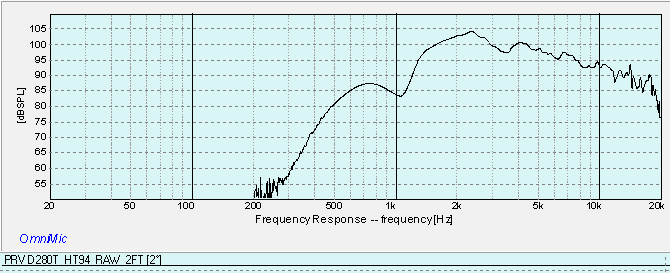 Fig 1 – EV HT94 with PRV D280Ti RAW Frequency Response.
Fig 1 – EV HT94 with PRV D280Ti RAW Frequency Response.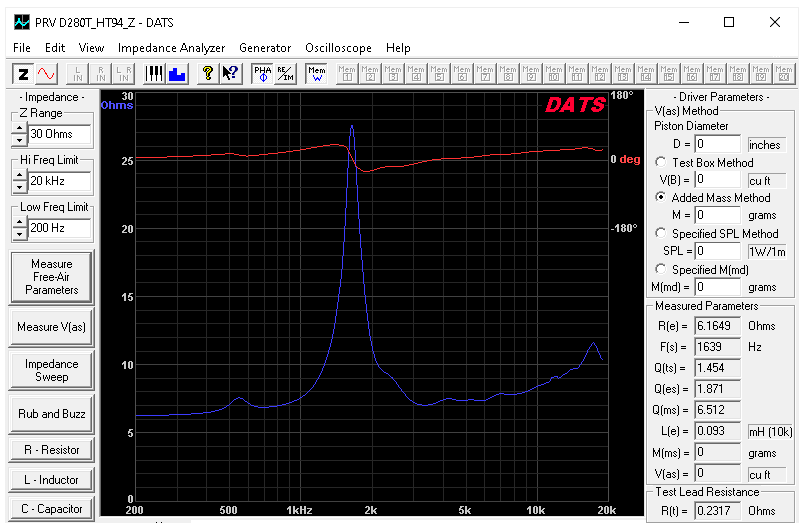 Fig 2 – EV HT94 with PRV D280Ti Impedance
Fig 2 – EV HT94 with PRV D280Ti Impedance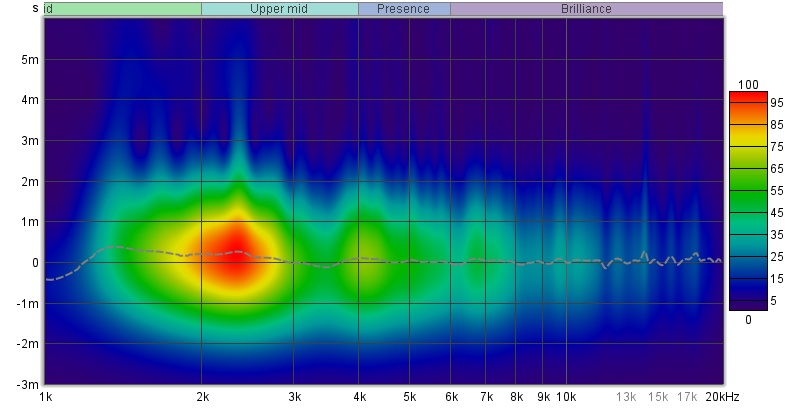
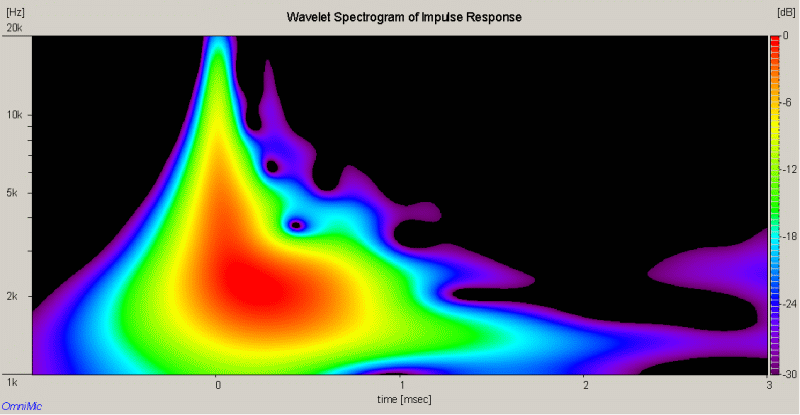
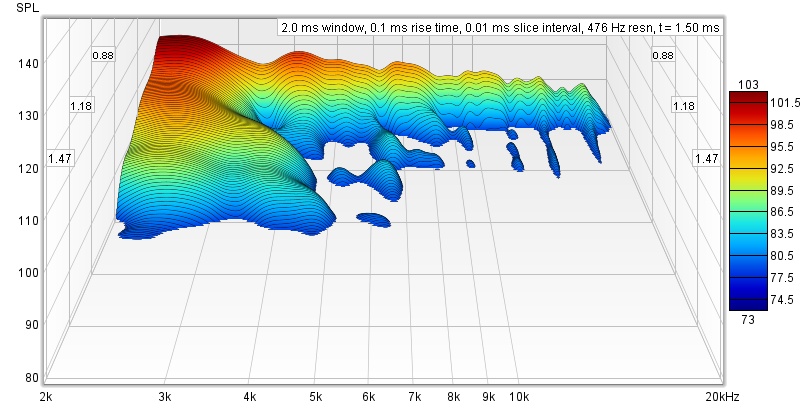 Fig 4 – Waterfall of
Fig 4 – Waterfall of 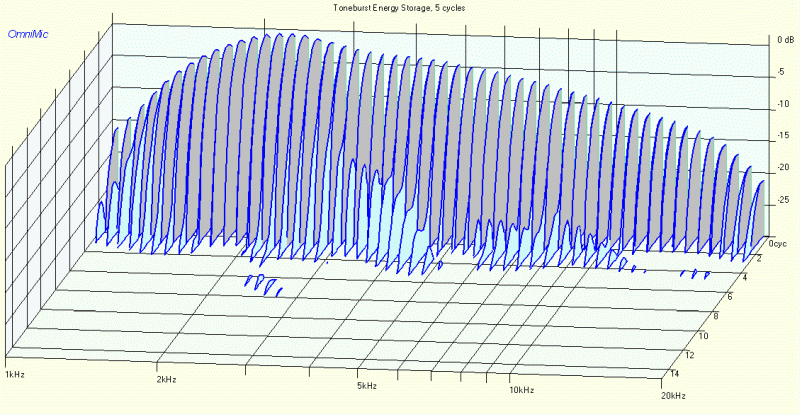 Fig 5 – ToneBurst Energy Storage of
Fig 5 – ToneBurst Energy Storage of 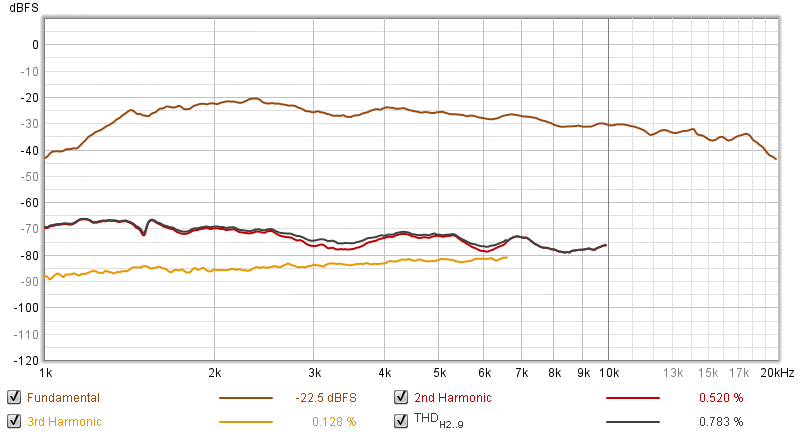 Fig 6 – Harmonic Distortion of
Fig 6 – Harmonic Distortion of